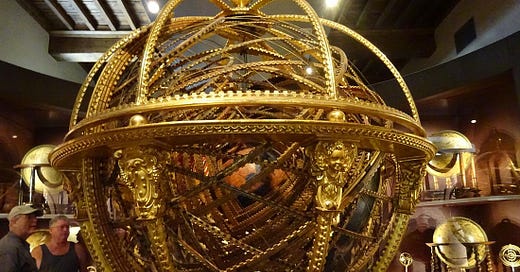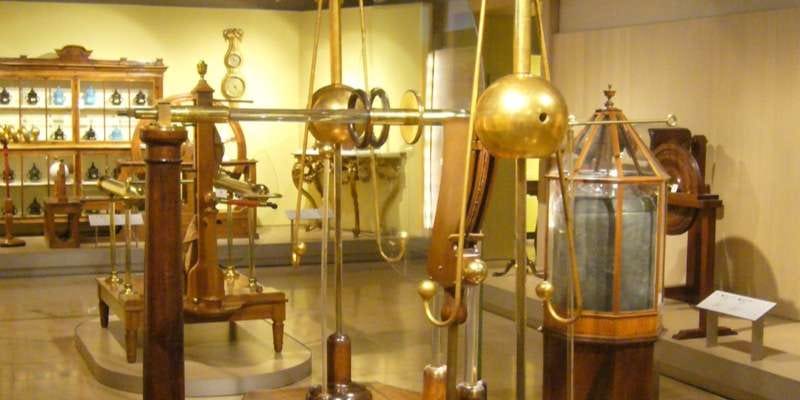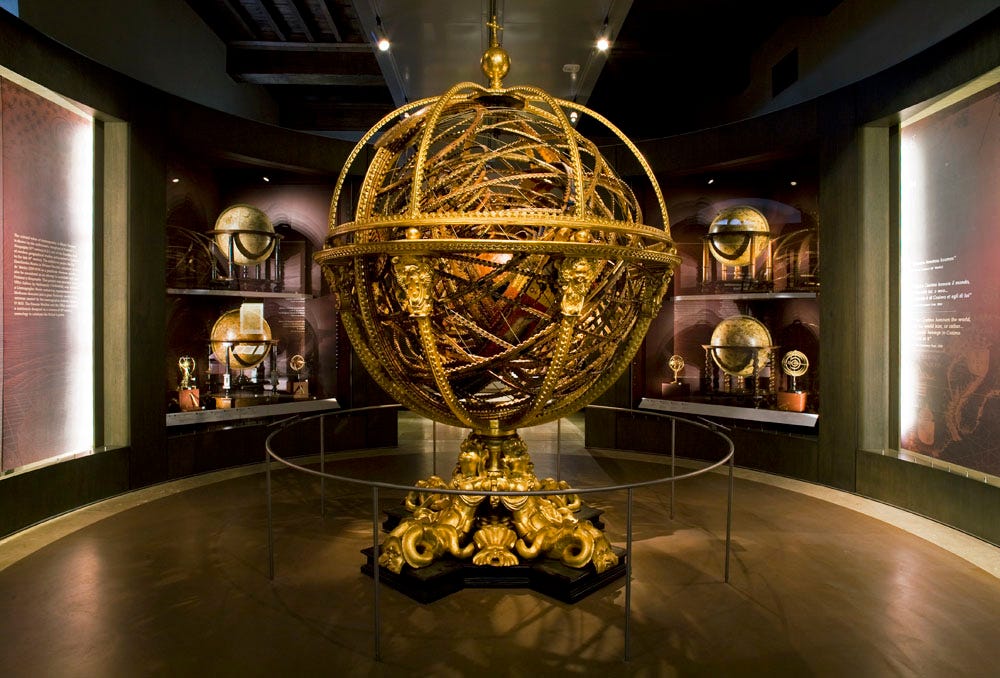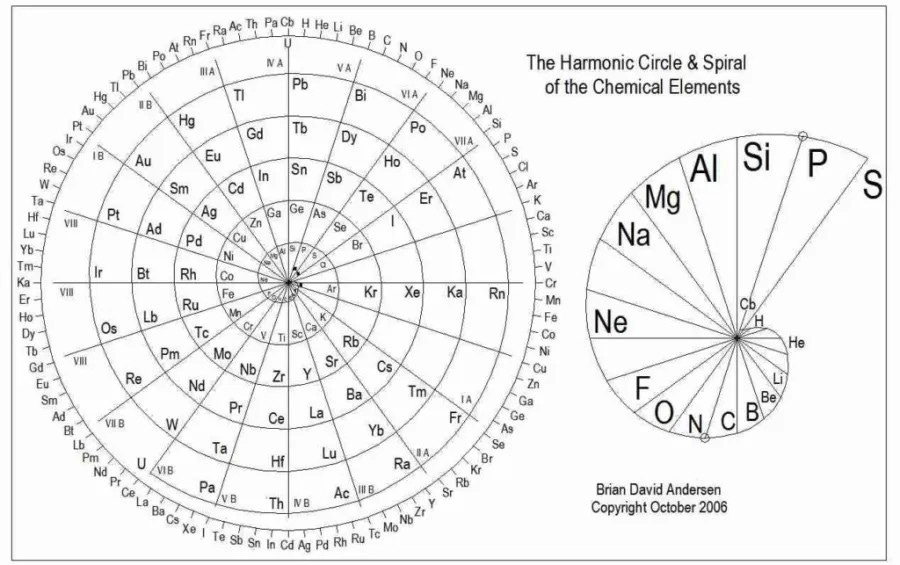Last week, I took my kids on a school trip to Florence.
Their school isn’t exactly traditional—it’s one of those places where kids aren’t just memorizing facts; they’re painting, singing, and actually thinking.
Mixed-age classrooms, no rigid rows of desks, and a whole lot of creativity.
(Basically, the kind of school I wish I had growing up.)
One of our stops? The Galileo Galilei Museum.
A place filled with the tools of geniuses—strange, intricate devices built to measure, test, and explore the unknown.
Walking through those halls, we were surrounded by centuries-old instruments, each one a tiny time capsule of human curiosity.
But what really caught my eye were the early electrical machines.
They weren’t the clunky, industrial-looking machines we picture today.
No.
These were beautifully crafted works of art—elegant brass spheres, polished wooden bases, and intricate mechanisms designed to create static electricity.
Not just for science.
For spectacle!
Imagine a grand 18th-century dinner party—flickering candlelight, powdered wigs, and a wealthy host turning a crank, generating crackling sparks to astonish his guests.
Electricity wasn’t just a force of nature back then—it was a magic trick.
And then… I saw it.
The Giant Gold Plated Interlocking Sphere!
More specifically, an armillary sphere—once the gold standard
(PUN INTENDED) :)
for understanding the universe.
For centuries, this was the tool for mapping the stars. Precise. Trusted.
Essential for navigation.
Except for one tiny problem…
It was completely wrong!
Because the Earth wasn’t the center of the universe.
What If We’re Making the Same Mistake… Right Now?
»» Think about it.
For centuries, people clung to the geocentric model because it felt right. It made sense based on what they could see. And when people like Copernicus and Galileo dared to suggest otherwise? They were ridiculed. Dismissed.
»» Sound familiar?
Today, mainstream agriculture laughs off electroculture as pseudoscience. They tell us there’s no solid explanation for why electricity or magnetism would help plants grow.
But here’s the thing—just because we don’t understand something yet doesn’t mean it isn’t real.
»» We’ve seen this before.
Newtonian physics seemed like the ultimate truth — until quantum mechanics turned everything upside down.
The periodic table looks like a simple chart—but deeper models suggest hidden patterns of energy at play.
Radio waves were once mocked as nonsense—until they became the foundation of global communication.
So what if plants do respond to energy in ways we haven’t fully grasped yet?
What if our current understanding of plant growth is like that old armillary sphere—logical, well-structured, but missing a deeper truth?
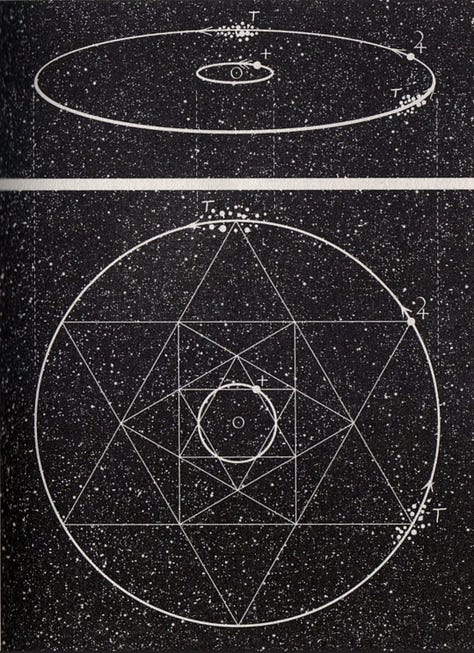


Here’s the Real Question…
Are we stuck in an outdated way of thinking?
Are we dismissing electroculture because it doesn’t fit neatly into what we think we know?
Because if there’s even the slightest chance that electric or magnetic fields can influence plant growth… shouldn’t we be curious instead of closed-minded?
There’s only one way to find out.
Experiment. Observe. Question.
Because science isn’t about defending old ideas—it’s about discovering new ones.
Ray Lee "Taking Kids to the Museum Only to be Taken on a Journey" Bacon
P.S. Have you ever tried electroculture? Or are you still skeptical?
Either way, maybe it’s time to test it for yourself.
You might just be surprised. 😉


